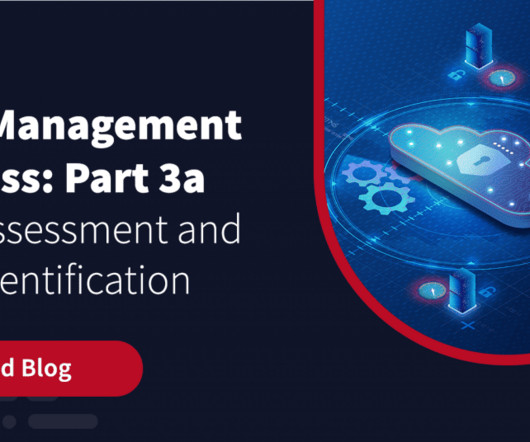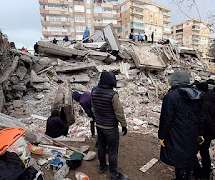Risk Management Process- Part 3a: Risk Assessment and Risk Identification
Zerto
JULY 12, 2023
Risk assessment is a key component of the risk management process that identifies and evaluates all potential risks faced by an organization. It identifies threats and vulnerabilities, potential areas of impact, and the likelihood of disruptive events. What Is Risk Identification? What Is in a Risk Identification Report?



















Let's personalize your content